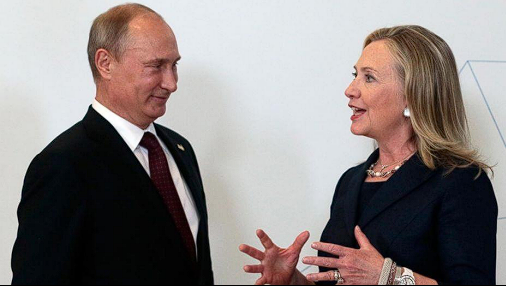In a shocking turn of events, the identity of the gunman responsible for the tragic murders of two police officers and a paramedic in Minnesota has been revealed as Shannon Gooden. However, despite the gravity of the situation, there has been noticeable silence from mainstream media outlets regarding Gooden's race, raising questions about potential biases in media coverage.
The incident, which unfolded in a quiet suburban neighborhood, sent shockwaves through the community and law enforcement agencies nationwide. Gooden, described as a 32-year-old male, reportedly ambushed the officers and paramedic as they responded to a call for assistance. The senseless act of violence left three families shattered and a community in mourning.
While the details of the shooting continue to emerge, many have voiced concerns over the lack of attention given to Gooden's race in media reports. Critics argue that if the perpetrator had been of a different racial background, the coverage would have taken a markedly different tone. The absence of discussions surrounding race in this case highlights the disparities in media coverage and the need for a more transparent and equitable approach to reporting.
In recent years, issues of racial bias and systemic inequality have come under increased scrutiny, prompting calls for greater accountability in media representation. The omission of Gooden's race from the narrative surrounding the Minnesota shooting serves as a stark reminder of the challenges that persist in addressing these issues.
Furthermore, the media's reluctance to address the racial identity of perpetrators in cases of violence raises concerns about the perpetuation of stereotypes and the reinforcement of societal divisions. By failing to acknowledge the role that race may play in such incidents, media outlets risk contributing to a distorted understanding of the complexities underlying crime and violence in society.
As discussions surrounding race and media representation continue to evolve, it is essential for journalists and news organizations to remain vigilant in their efforts to provide fair, accurate, and inclusive reporting. Addressing issues of racial bias and systemic inequality requires a commitment to transparency and accountability, ensuring that all voices and perspectives are heard and respected.
In the case of the Minnesota cop killer, Shannon Gooden, the media's silence on his race has sparked controversy and reignited discussions about the need for greater awareness and sensitivity in reporting on matters of race and crime. As the investigation into this tragic incident unfolds, it is imperative that the media uphold their responsibility to provide balanced and comprehensive coverage, free from bias or prejudice.









 English (US) ·
English (US) ·